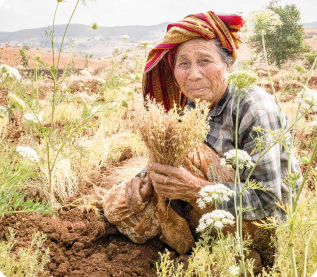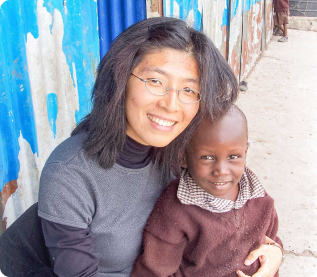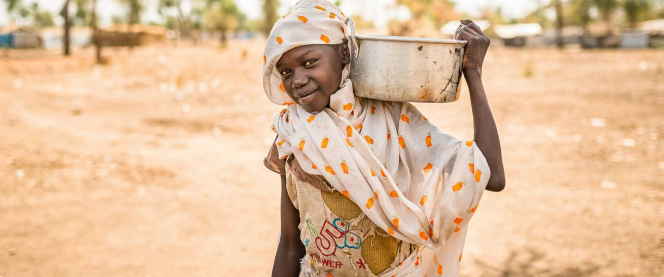Summary
Between Algeria to the north and Niger to the east is the landlocked West African nation of Mali. Once ruled by France, Mali achieved independence in 1960. This independence came at a price, though, as a dictatorship held power for over three decades until a 1991 military coup. Yet from this political rubble has emerged one of the most stable democracies in Africa. Despite representing multiple ethnic groups of differing languages and histories, Mali has enjoyed peaceful relations among its people. Fishing in the Niger and Senegal rivers has provided a stable economy that also helps feed a developing agricultural economy.
However, Mali is one of the twenty-five poorest countries in the world. With no coastline, Mali is dependent on agricultural exports and gold mining for revenue. The harsh Sahara desert in the north causes frequent droughts, damaging the delicate farming industry that is still struggling to develop. Attempts have been made to grow tourism, but security issues continue to hinder these efforts. Mali also has one of the world’s highest rates of infant mortality, with 106 deaths per 1,000 births. Almost half of the entire population is under the age of fifteen. Mali is also a source, transit, and destination area for men, women, and children who are subjected to forced labor and sex trafficking. Women and young girls are placed in domestic servitude as well as sold for sex. Young boys are forced to work in gold mines and the agricultural sector. Forced begging is a current issue that has yet to be addressed properly by the government.
Yet, despite the struggles and poverty, God is still there. The church, though still small, has taken root in the cultures and hearts of the Malian people. Eighty-seven percent of the population is Muslim, though the Islam practiced is moderate and tolerant. Multiple other indigenous animist beliefs are also practiced by 10% of the population, with the last 3% being the growing Christian population. Every year, the number of Christians is doubling. Due to the extreme poverty, Mali depends on the foreign aid of Libya and Saudi Arabia, who fund Malian schools which are based on Qur’anic beliefs. Most churches are combining outreach with the relief aid that is so desperately needed. Sixty percent of Malians are unreached, but there is hope in the small but fervent church that is taking shape. God’s hope is prevailing.




